Community / Economic Development
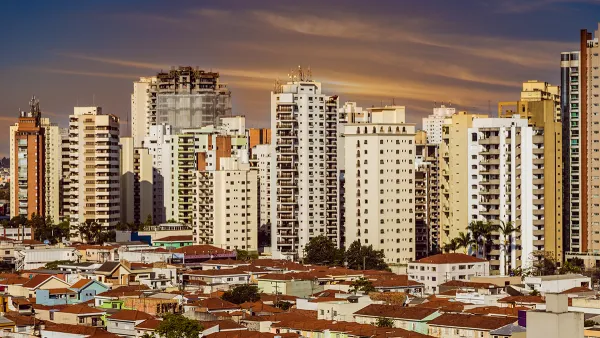
Ecocity versus Duplicity
If certain elements of masterplanning are not carefully chosen—and their impacts not carefully explained to final decision makers—then there runs great risk that the cities we design from scratch perform worse than the cities we already have.

Should Urbanists Care Which Airline They Fly? These Two Programs Say Yes
Los Angeles County Planner Clement Lau examines how airline companies and other private sector businesses can help with the greening of communities.
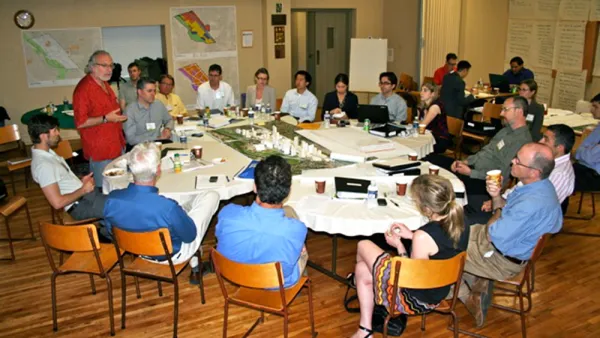
Engage; Don’t Rage: Use a Design Charrette to Negotiate Your Next Development Proposal
Despite the investments required of a design charrette, Robert Freedman makes the case that the process can save time and money on complex projects by way of three primary benefits.
Dallas Working to Streamline Approval Process for Sidewalk Cafés
A City Council committee got its first look at a proposed revision of the streetscape licensing process by which restaurants and cafés can acquire sidewalk seating. Councilmembers sent the plan back the drawing board again.
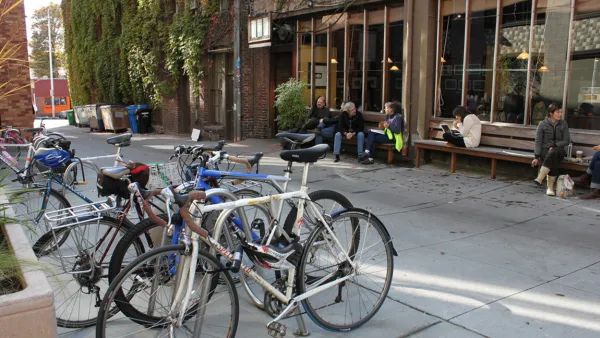
Alleyways as Pathways to Urban Revitalization
From D.C. to Seattle, alleys are being reinvented as people-friendly spaces. Often perceived as dirty and dangerous, alleys are moving beyond garbage and garages to become havens for pedestrians, public art, and small business.
Pitching a Queens-Brooklyn Streetcar
Michael Kimmelman resurrects an old plan by Alex Garvin to build a light rail connection between the waterfront neighborhoods of Queens and Brooklyn, except Kimmelman would build a streetcar line.
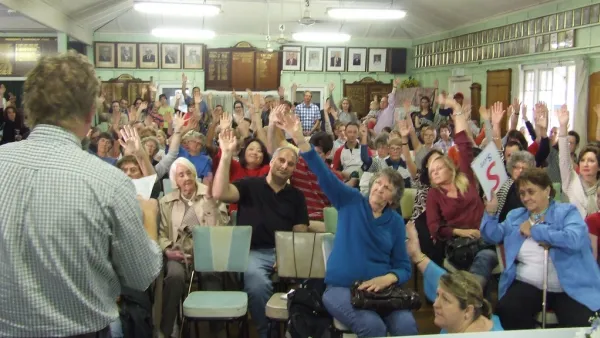
Strengthening the Bond between People and Placemaking
A research team at MIT Urban Studies and Planning, led by Susan Silberberg, released a paper examining “the interactions between placemaking, community participation, and the expanding ways communities are collaborating to make great public places.”
Questioning Hotel Tax Subsidies in Los Angeles
Desperate to build hotel capacity in the neighborhood surrounding the Los Angeles Convention Center, the city has granted hundreds of millions in tax breaks to hotel developers. Some are asking the city to rethink the subsidies.
Which Way, Dallas?
Architecture critic Mark Lamster describes Dallas as a city at a defining moment in its history. He poses the following questions: “What are our goals, and how do we achieve them? What exactly do we want Dallas to be?”
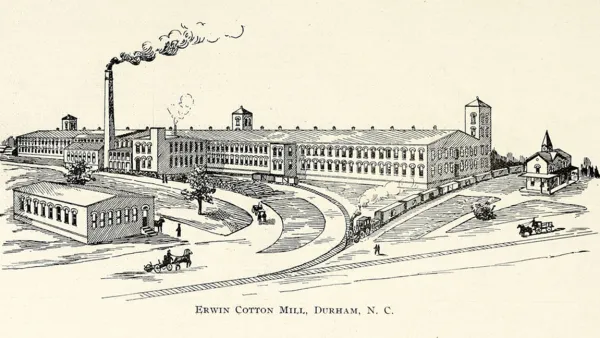
Finding Authenticity
The coveted creative class is in search of neighborhoods and communities with lots of character. Why are such places so hard to find? Maybe it is because we are trying too hard.
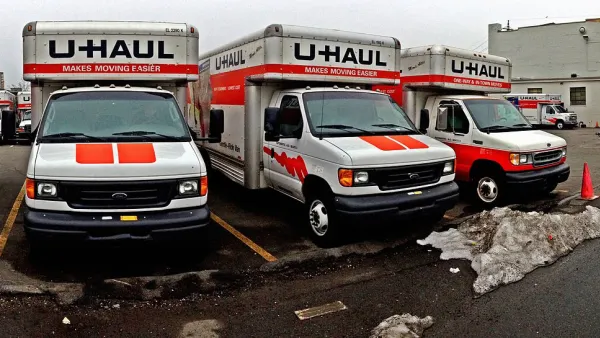
The Urban Reordering: Can the United States Make it Stick?
The trend toward the urban has been documented from every possible angle, but a recent op-ed wonders whether it will be possible for the federal government to make a course correction that ceases the endless subsidies for the suburbs.
How Cities Miss the 'World Class' Mark
A recent article on the Stanford Social Innovation Review blog argues that instead of chasing gleaming skyscrapers, planners in developing cities should build a new model of the "world class" city.

10 Common Characteristics of Successful Markets
Markets are important commercial and cultural spaces throughout South America, in small villages and big cities. The market landscape in South America is diverse, but thriving markets share a number of common characteristics across the continent.
Pittsburgh Land Bank Approved—With Compromises
Pittsburgh recently approved a land bank to acquire properties when owners fall behind on property taxes. The question about how much control to grant an independent authority, or maintain with the City Council, remains controversial.
Is Cleveland Too Negative?
A recent opinion article by Richey Piiparinen of the Center for Population Dynamics at the Levin College of Urban Affairs at Cleveland State University says “Cleveland's negativity is a challenge to the city's future.”
New Urbanism Gets a New Leader
Lynn Richards, formerly of the U.S. EPA's Office of Sustainable Communities, is set to become President of the Congress for the New Urbanism in July. In this interview, Richards says that forging new alliances will be a key goal for her.
A Comprehensive Examination of the Bay Area Housing Crisis
The Google Bus protests got the media’s attention, and the Ellis Act has politicians' attention, but the Bay Area’s current tech-housing-gentrification crisis is a big, complicated mess.
A Special Focus on Planning for Healthy Schools
SAGE has provided free access to material from the Journal of Planning Education and Research's focus issue on Healthy Schools.
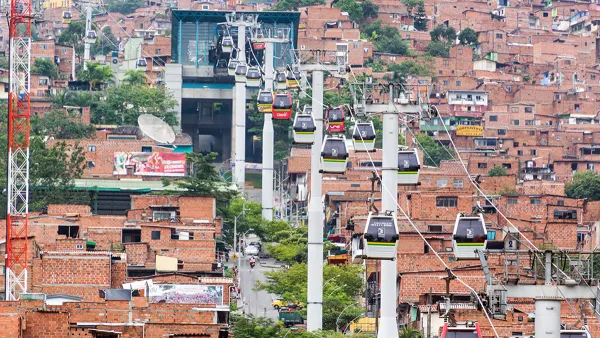
3 Reasons We Should Pay Attention to Medellín
Medellín has been called the most innovative city in the world, and recently hosted the World Urban Forum WUF7 to huge acclaim. It has taken back the city's public realm, found simple solutions to complex problems, and emphasized a "City for Life."
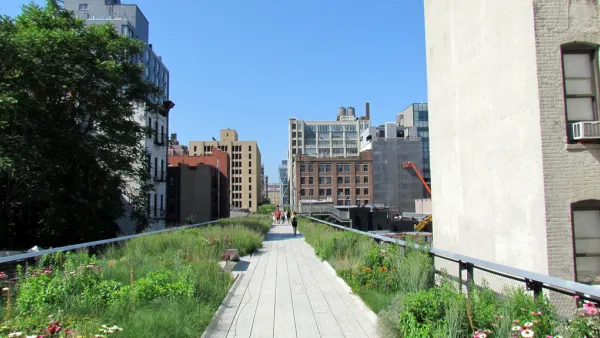
The High Line as Symbol of 'Severe Economic Inequality'
A recent article in Salon cites the High Line as perhaps the most conspicuous example of how municipal governments are subsidizing wealthy corporate or private interests while many citizens continue to suffer low wages and benefits.
Pagination
Urban Design for Planners 1: Software Tools
This six-course series explores essential urban design concepts using open source software and equips planners with the tools they need to participate fully in the urban design process.
Planning for Universal Design
Learn the tools for implementing Universal Design in planning regulations.
EMC Planning Group, Inc.
Planetizen
Planetizen
Mpact (formerly Rail~Volution)
Great Falls Development Authority, Inc.
HUDs Office of Policy Development and Research
NYU Wagner Graduate School of Public Service


































